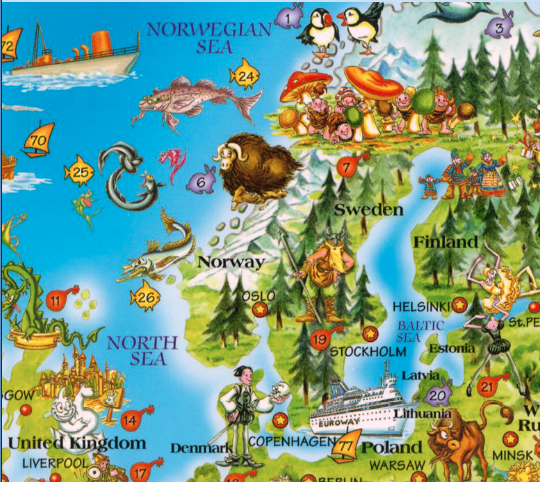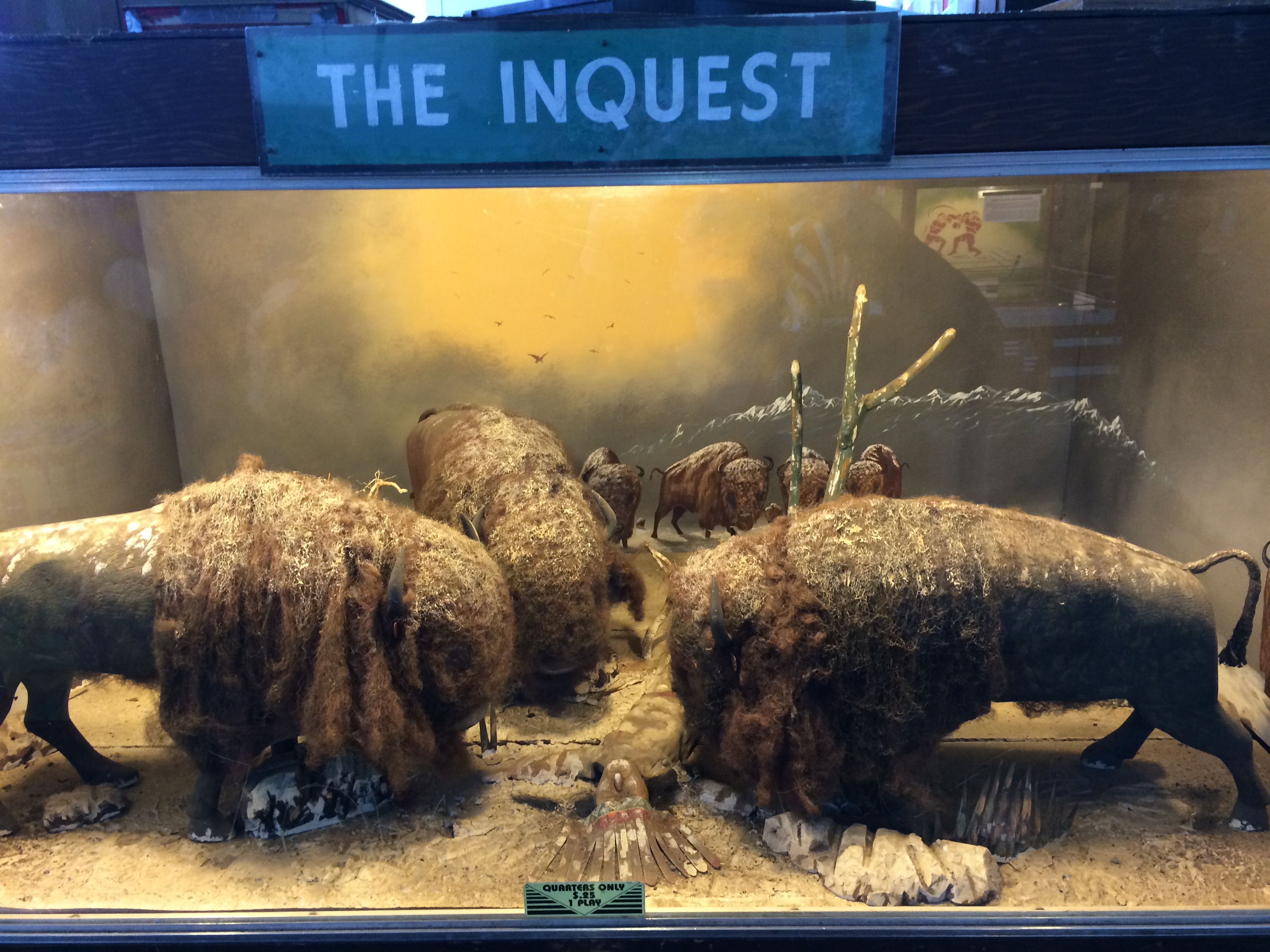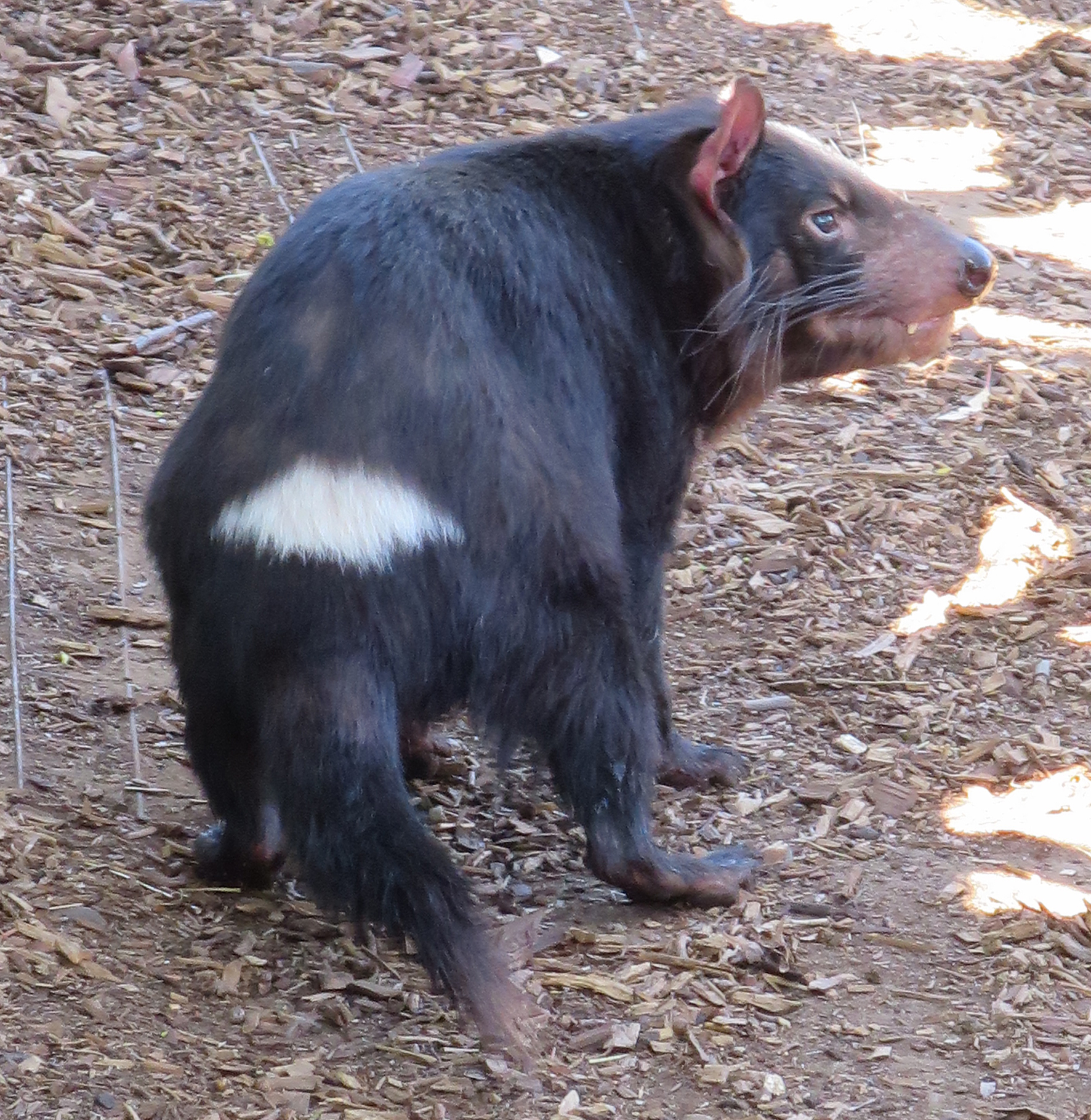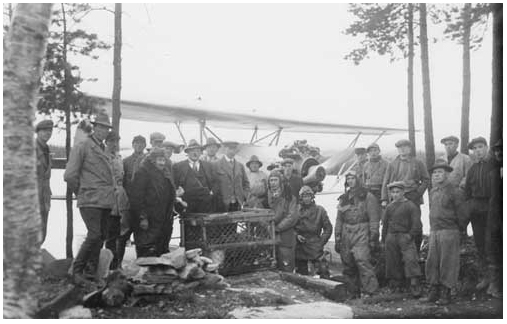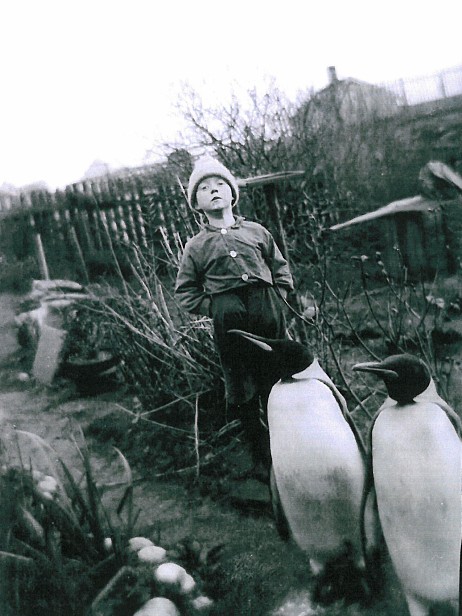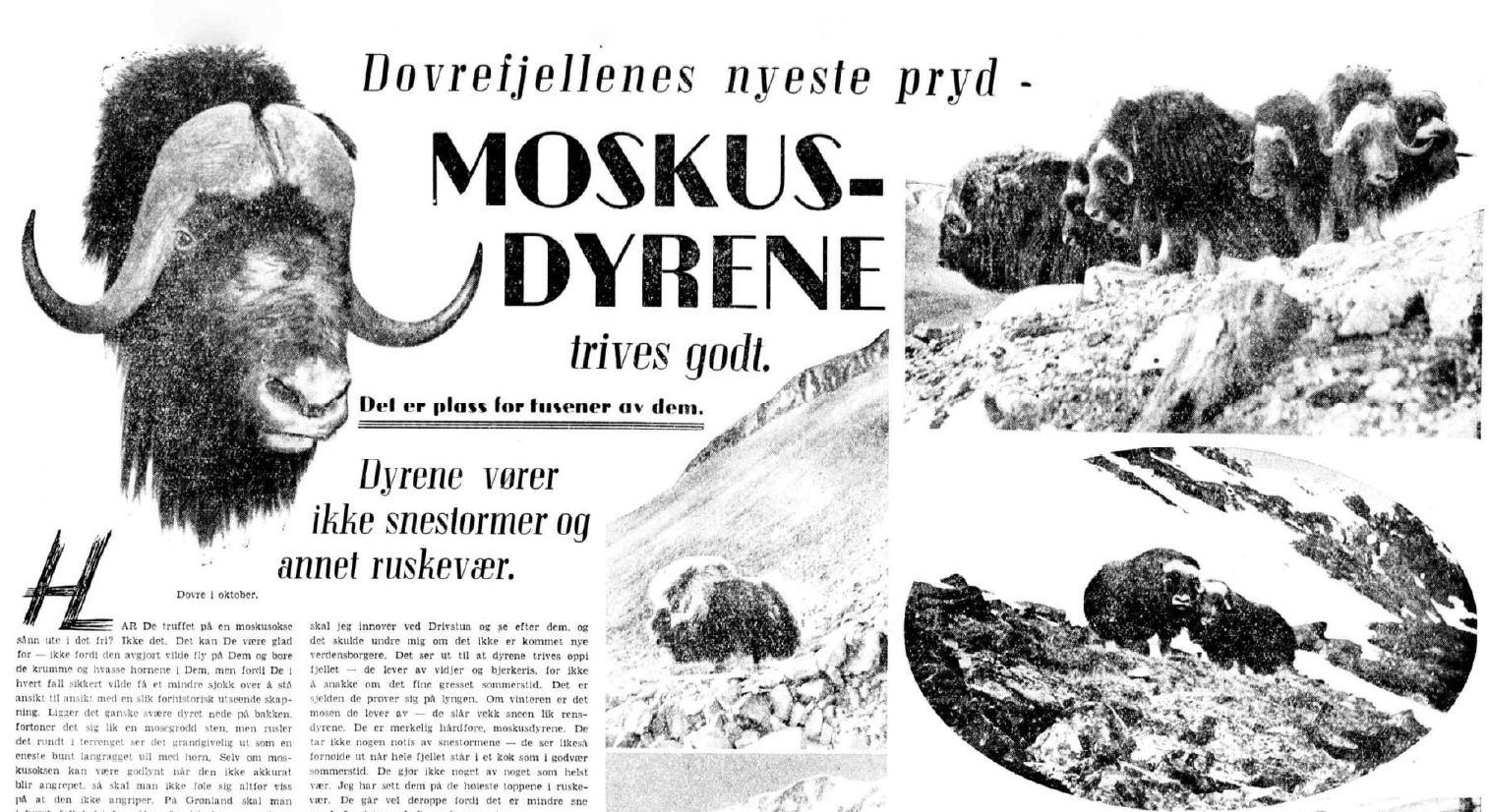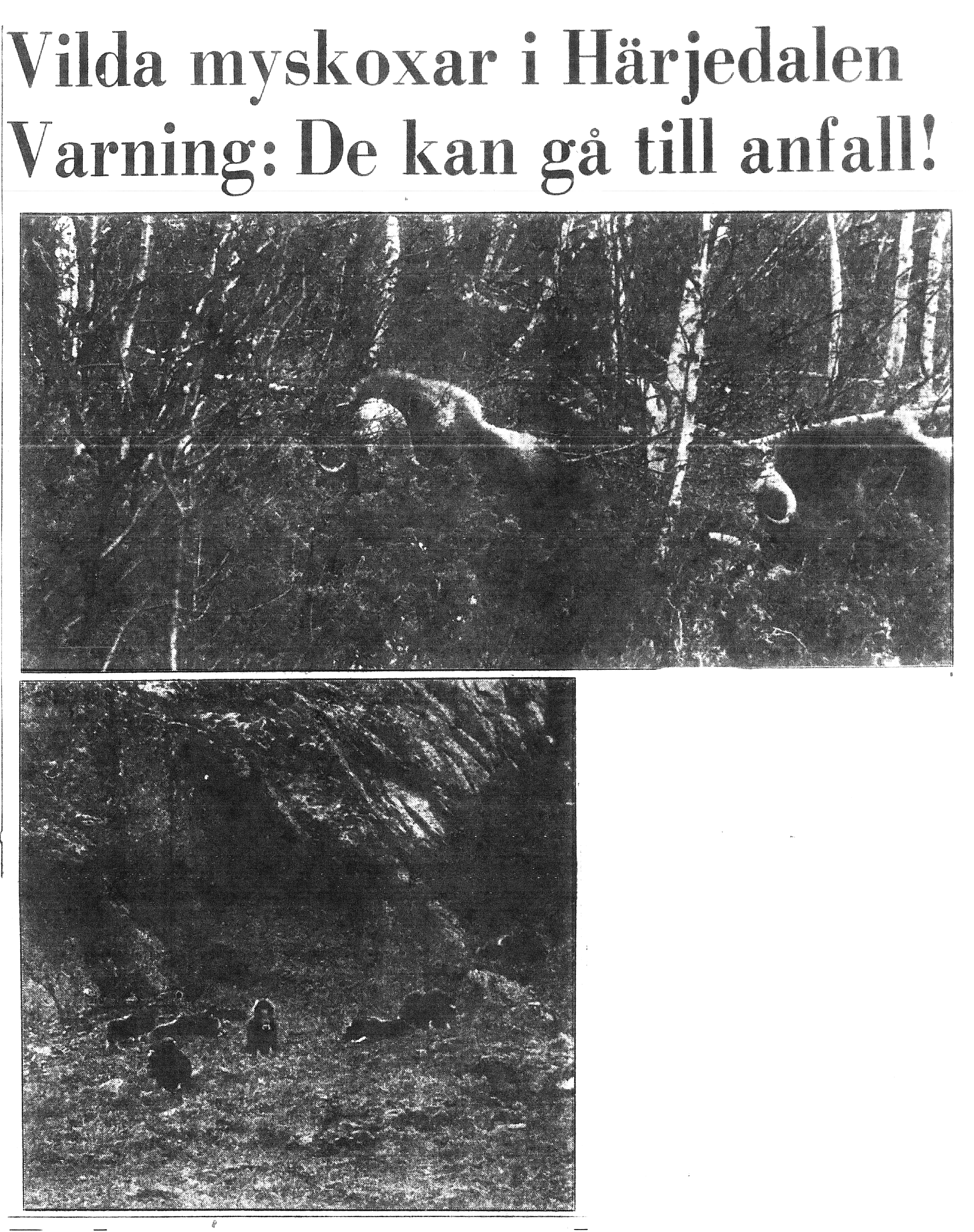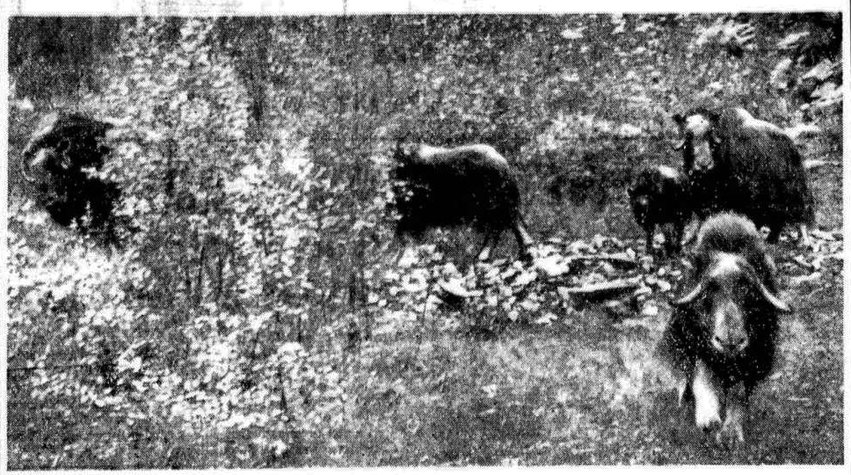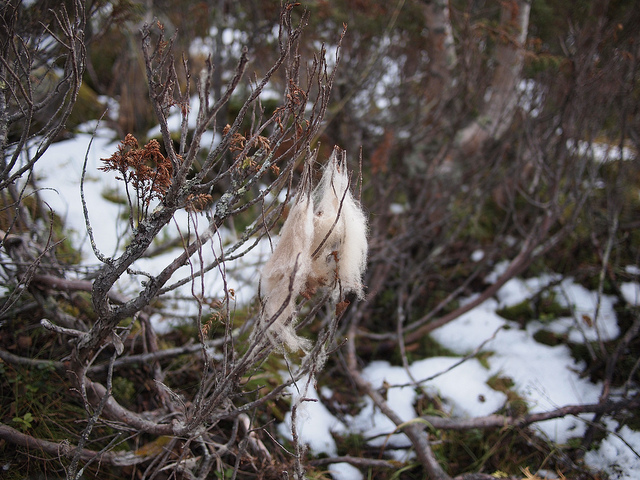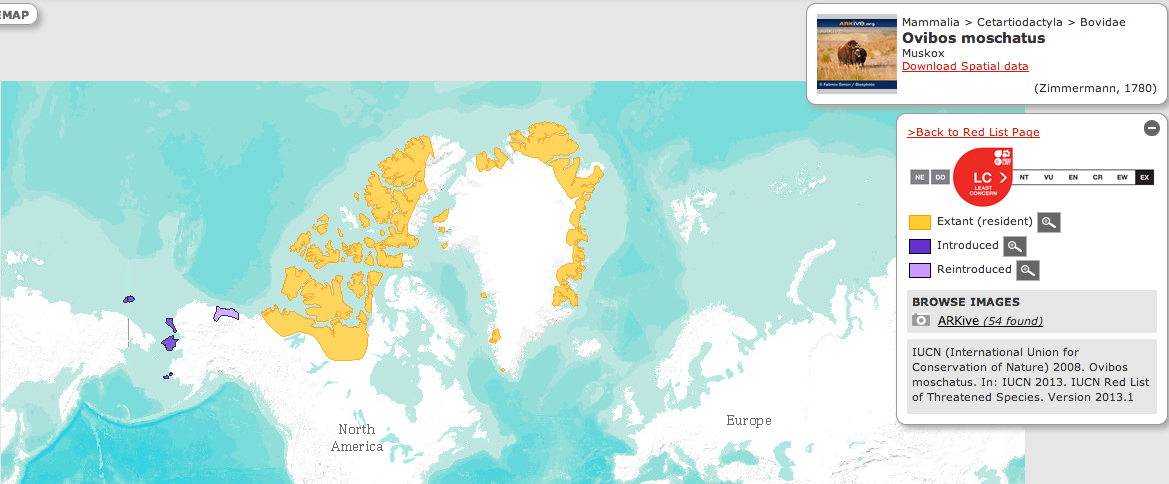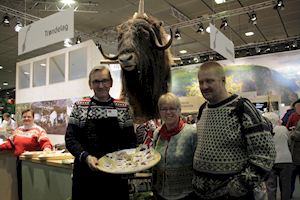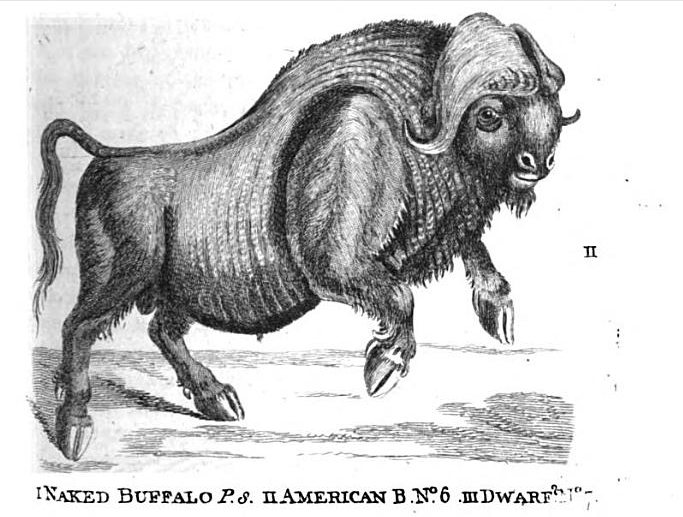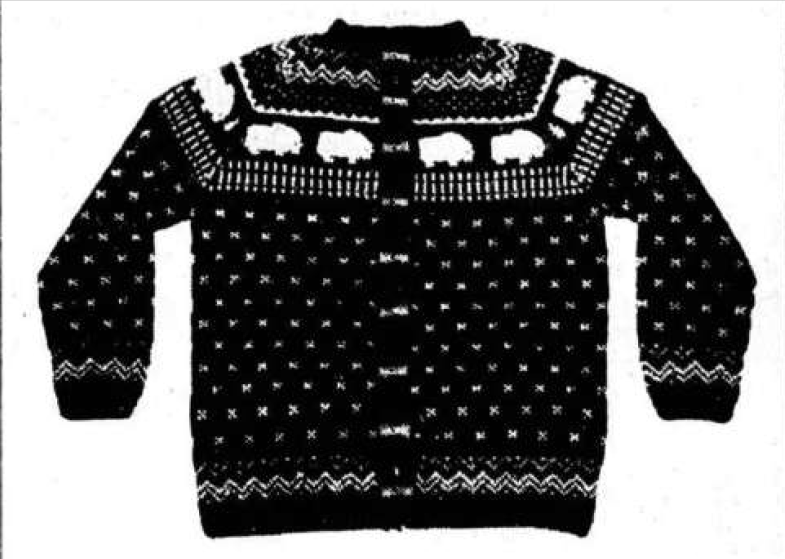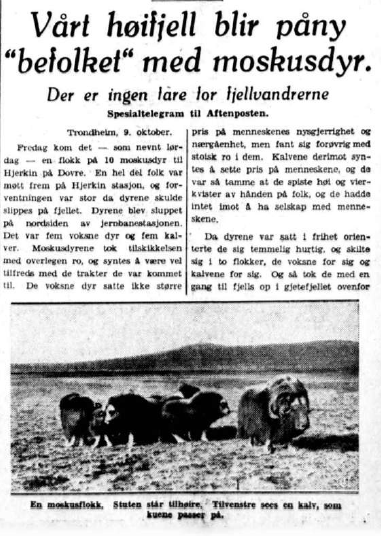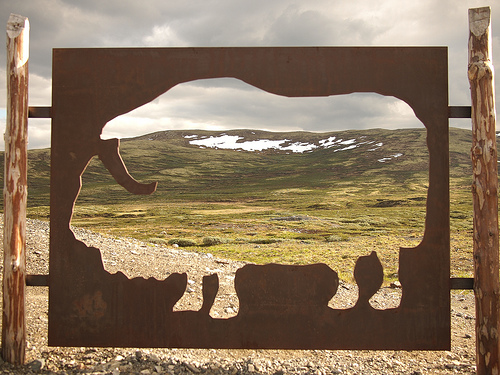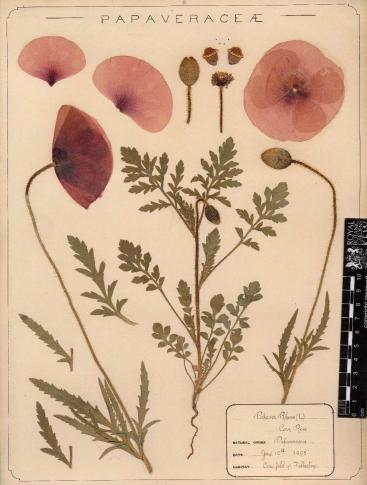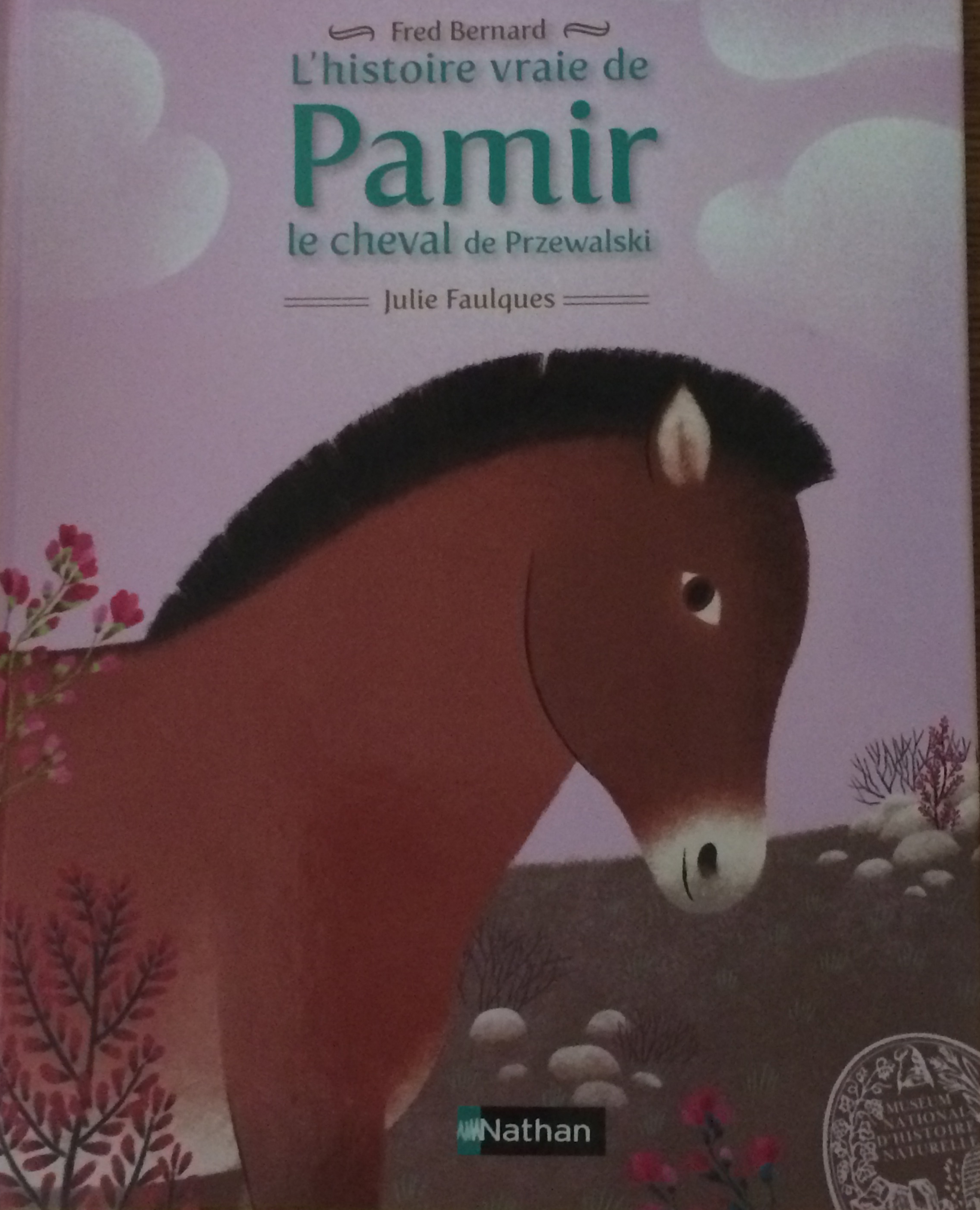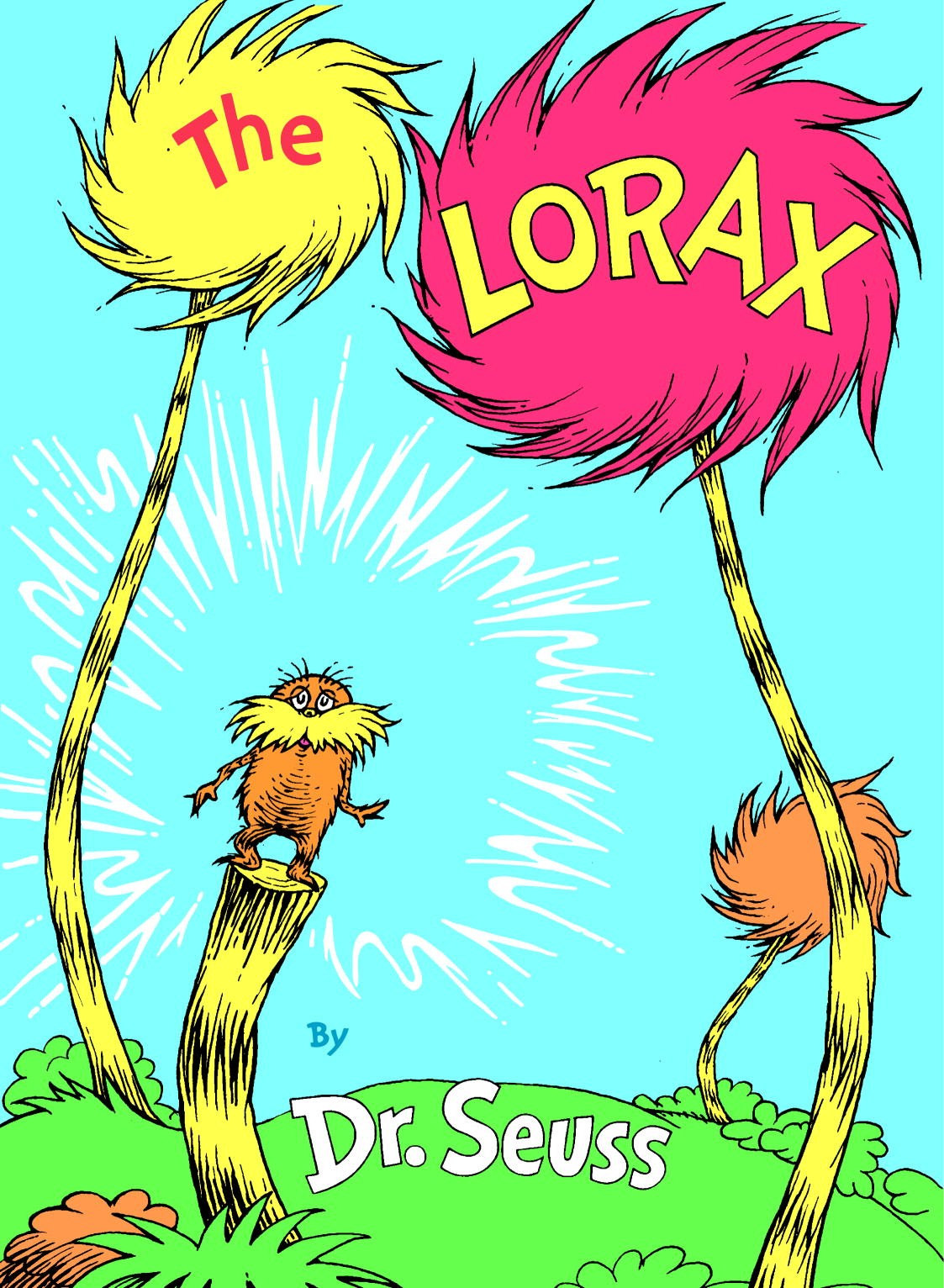muskox
-
More muskox maps
I posted before about finding a muskox on a children’s map of Sweden. I’ve had a continued interest in exploring these kind of maps images and how animals are attributed to certain areas. Searching the internet for children’s maps, I found quite a few that include animals alongside cultural symbols to represent place. Two of the ones I’ve seen show muskox in Norway. One is the Krüger and Schönhoff Illustrated World Map, which is available in 9 languages. It’s a decently sized wall map at 135 cm x 95 cm. It shows the whole northern half of Norway covered in snow/ice with a muskox in a spot representing where the reintroduced herd lives…
-
March of the penguins
On Friday at the History of Technology & Science Days conference, I heard a very interesting paper by Peder Roberts on penguins in Norway that resonated with some of my work. Penguins are native only to the southern pole region – there have never been penguins in the northern hemisphere. According to Peder, who has written a book on the science and politics of the Antarctic, the Antarctic was seen as a faunal resource for Scandinavia, so it was thought that penguins might be viable introduction to Norway. Some Norwegians, particularly the whaling magnate Lars Christensen, envisioned penguin farming as a Norwegian industry, even though penguin meat is reported to have…
-
Quest for qiviut
As I was reading about the small Swedish muskox population, I found out that all of the muskox at the Myskoxcentrum in Härjedalen came from Ryøya, near Tromsø, Norway. What?!? Muskox on Ryøya? I knew about the Dovrefjell group and an attempt to introduce muskox on Svalbard (more on that later), but I had never heard of a group in northern Norway. The search was on. It turns out that there is a flock of about 20 animals running around free on a small island named Ryøya off the coast of Tromsø. NRK’s Ut i naturen television program made a 24-minute show about “Moskusøya” (“Muskox Island”) in 2006. Unfortunately the show…
-
Putting muskox on the map
Today I bought my daughters a children’s map book, Kartboken för alla barn (2012). It’s a big format book with thick cardboard pages that seems perfect for my kids to take a look at all the places they’ve been and the ones we’ll be headed to next. Like many children’s atlases, this one has little pictures of animals, crops, and major sites (like the Eiffel tower) in different places to represent the “essence” of each place. While the majority of the book was drawn for the Italian company that first published the book, a special two-page Sweden map was drawn up for this Swedish edition. Much to my delight, I…
-
The hottest food trend
At the recent 2013 International Green Week (a huge food festival) in Berlin, one of the surprise hits was muskox sausage. According to an Aftenposten news report, the food display from Trøndelag was particularly busy because of the exotic sausage. Germans love their sausage, so we perhaps shouldn’t be surprised at the interest. Supposedly, it tastes like a mix of sheep, horse, and wild game. The sausages were made by Kongsvold fjeldstue in Dovrefjell. As I’ve mentioned before, Dovrefjell is the home of the famous Norwegian reintroduced muskox herd. And it’s from this herd that they get the meat for their muskox sausages, paté, and carpaccio. Animals that have decided to take up residence…
-
Diverse values
Yesterday I had an article, “Damned If You Do, Dammed If You Don’t: Debates on Dam Removal in the Swedish Media,” published in Ecology and Society on the ways that different people think about the landscape created by hydropower dams. Some people, particularly ecologists and environmental activists, want to remove old dams to restore the flow of the river. They are hoping to increase fish populations and bring back the ‘natural’ watercourse. Others who live near the dam often object because they value the recreational, cultural heritage, and aesthetic values of the pond created by the dam. The observation that different groups may value different things in the same landscape applies to…
-
Where the muskox roam
Could the reintroduced muskox (Ovibos moschatus) soon be extinct in Norway? In 2012, 73 muskox out of the herd of about 300 died, according to Statens naturoppsyn (SNO), a part of the Norwegian Directorate for Nature Management. It was not pretty: 46 of them died from a lung infection, 10 from hoof and mouth disease, 8 were hit by trains, and 6 were culled because they wandered outside of the “core” area (it’s not clear what happened to the other 3). We know that muskox did once inhabit Norway, albeit a long time ago (I’ve read anywhere from 15,000 to 30,000 years in different publications).Muskox were first reintroduced from Greenland to the…
